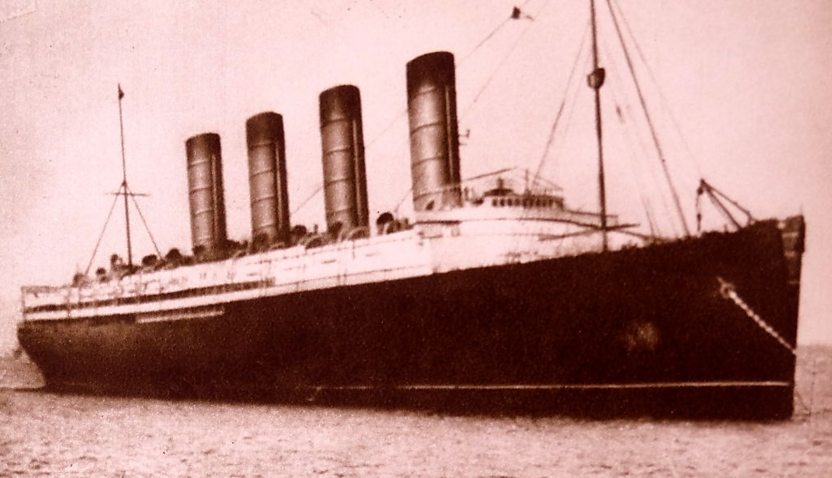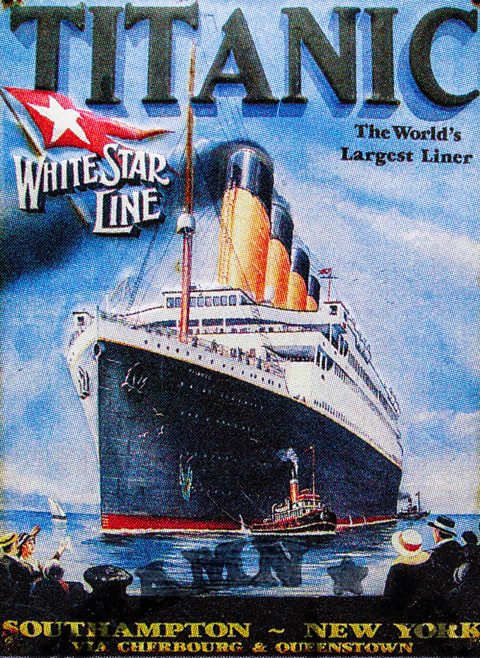Five Titanic myths - debunked
The sinking of Titanic on 15 April 1912 was an incredibly tragic event.
Commemorated in countless ways, from poems to films and videogames, it's one of those stories that keeps being told.
But this means there are also many myths about what happened. Here are some of them, debunked
1. Titanic's crew was trying to create a speed record
It is fiction that Titanic's crew was attempting to create a speed record on its maiden voyage.
The ship was built for luxury, not for speed, and wouldn't have been able to compete with the faster Atlantic ships.
2. Titanic was carrying gold bullion and an Egyptian mummy
One of the most widely-told stories about Titanic is that there were an Egyptian Mummy and gold bullion onboard.
The reality is that the ship's cargo listings never had a record of gold bullion. In fact, it was another White Star ship, the HMS Laurentic, which came out of the same shipyard as Titanic and sank in 1917, that was carrying gold bullion.
Also, a rumour arose that a mysterious mummy was loaded into the ship as cargo. Titanic carried very valuable objects on behalf of the passengers, such as art and artefacts, all of which were lost. Many passengers subsequently submitted huge and very detailed insurance claims. An Egyptian Mummy was not one of those objects.
3. The champagne bottle used to christen Titanic didn’t break
This claim was that when Titanic was launched and christened, a champagne bottle was smashed against her hull but didn't break, which supposedly brought bad luck.
But there is no evidence to prove that this happened. None of the White Star Line ships was ‘christened’ in this way.
4. Third-class passengers were locked below
According to this story, third-class passengers were locked down below, and so they weren't able to access the lifeboats.
Many of the third-class passengers on board died, but despite popular opinion, they were not denied places on lifeboats.
One of them, an Irishman named Daniel Buckley, later told about how he'd been sleeping in his bunk in steerage when he heard and felt the impact of hitting the iceberg. He headed up to the deck - the gate leading up from steerage was not locked - and was given a lifebelt by a first-class passenger. He then got on a lifeboat, which took him to safety.
5. One man was able to get a spot on a lifeboat by dressing as a woman
A newspaper report claimed that a passenger named William Sloper disguised himself as a woman to get onboard a lifeboat. While the story was untrue - Sloper never lived it down.
In Edwardian times, there was a view that men took a back seat for women and children, hence the stories about men waiting to get on the life boats or, indeed, that a man dressed as a woman to save his life.
In reality, many men did board the lifeboats, and nearly 50% of survivors were men.






Post a Comment